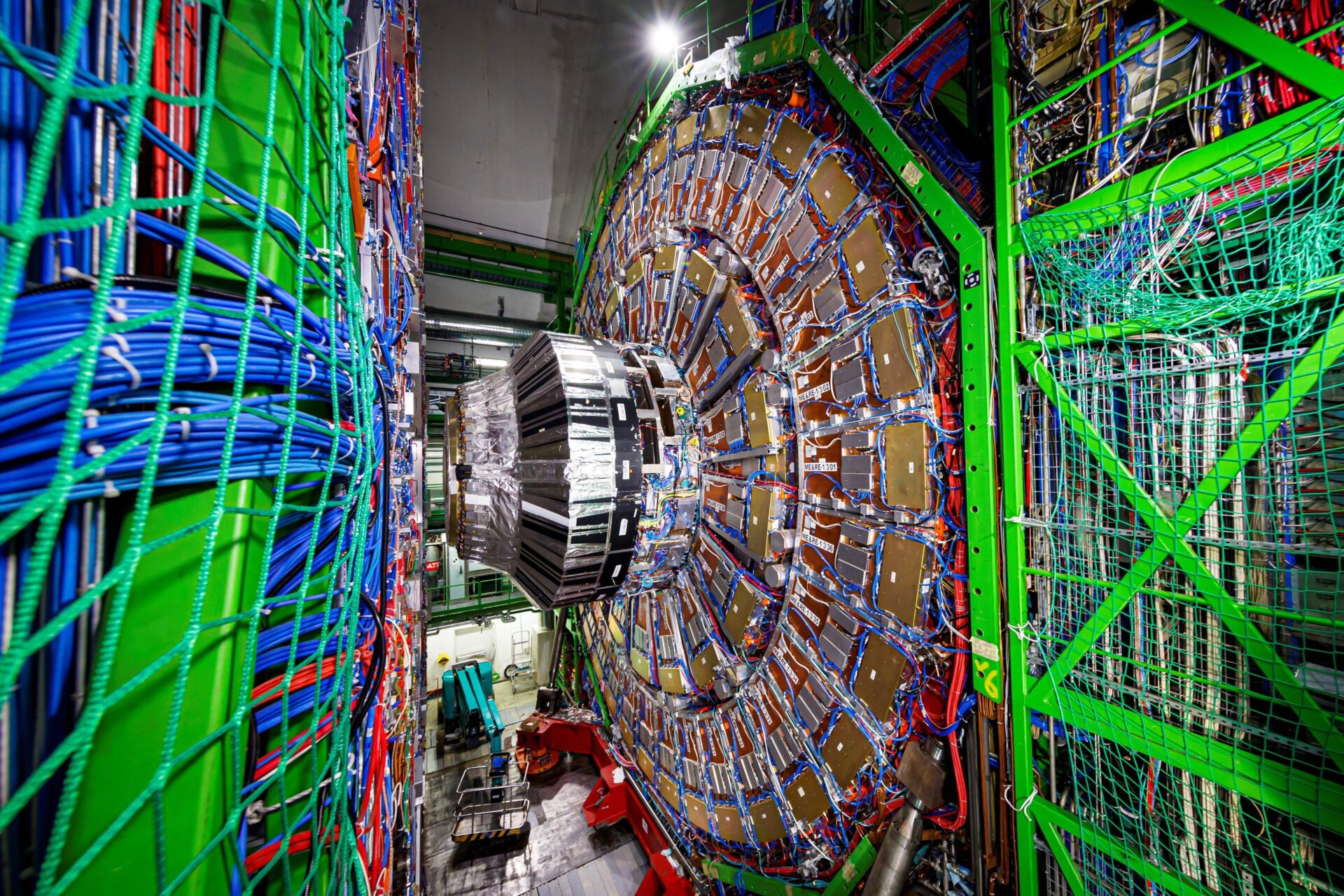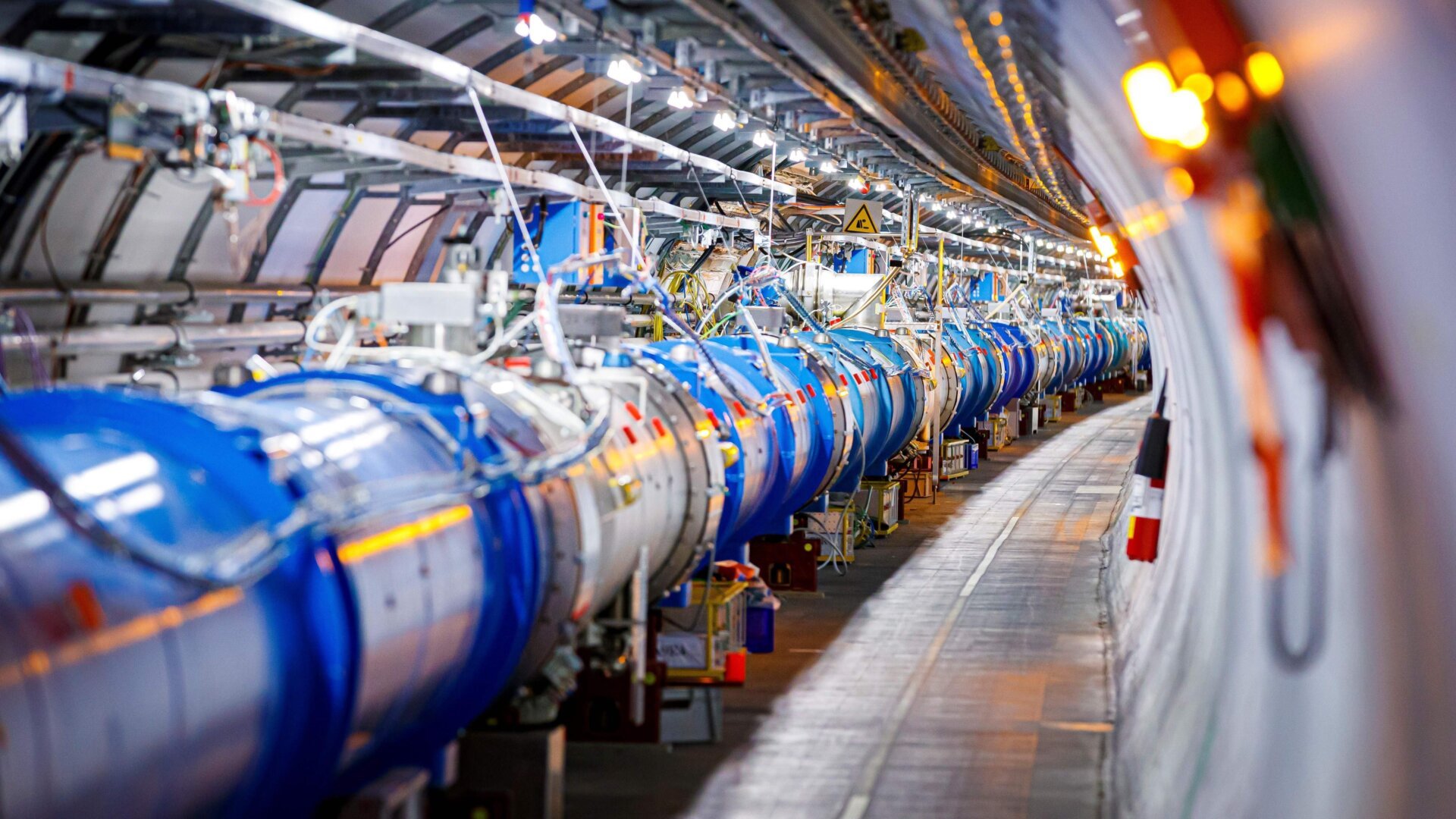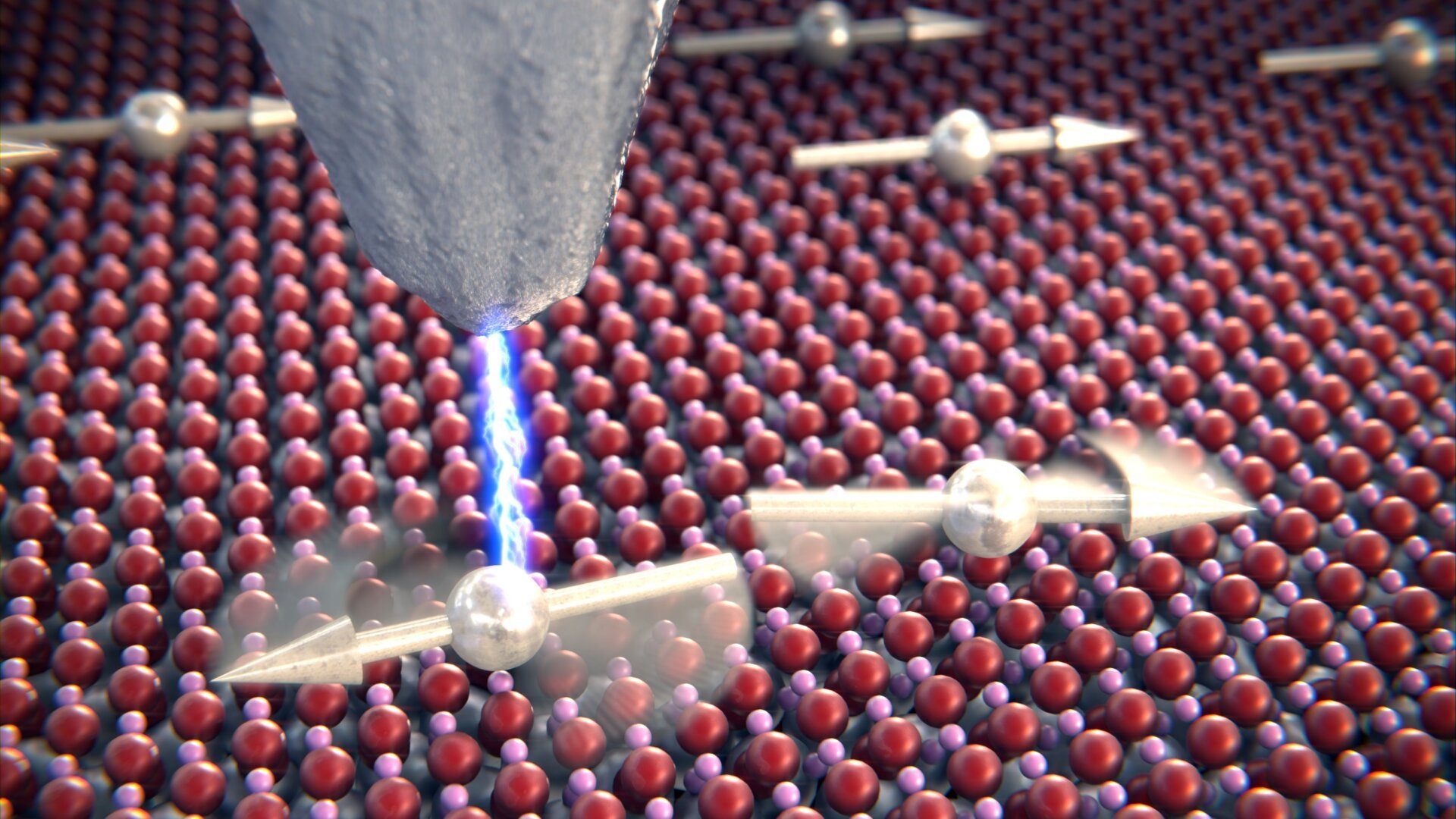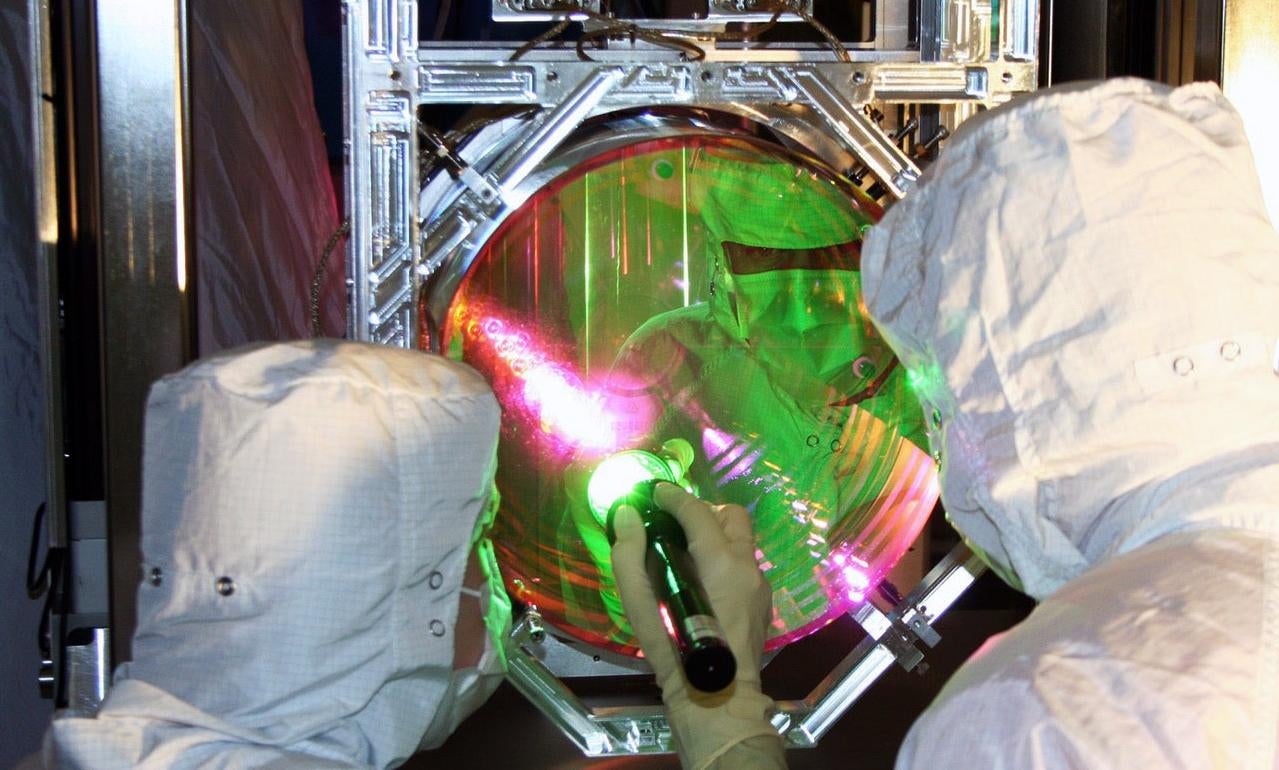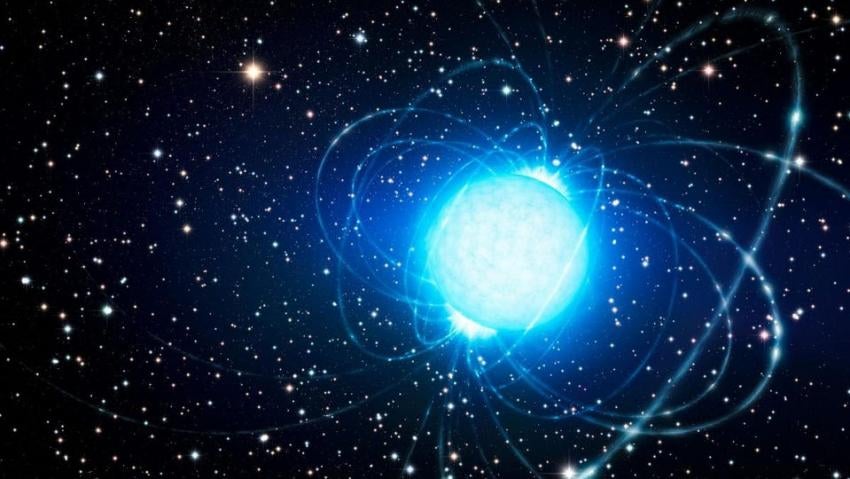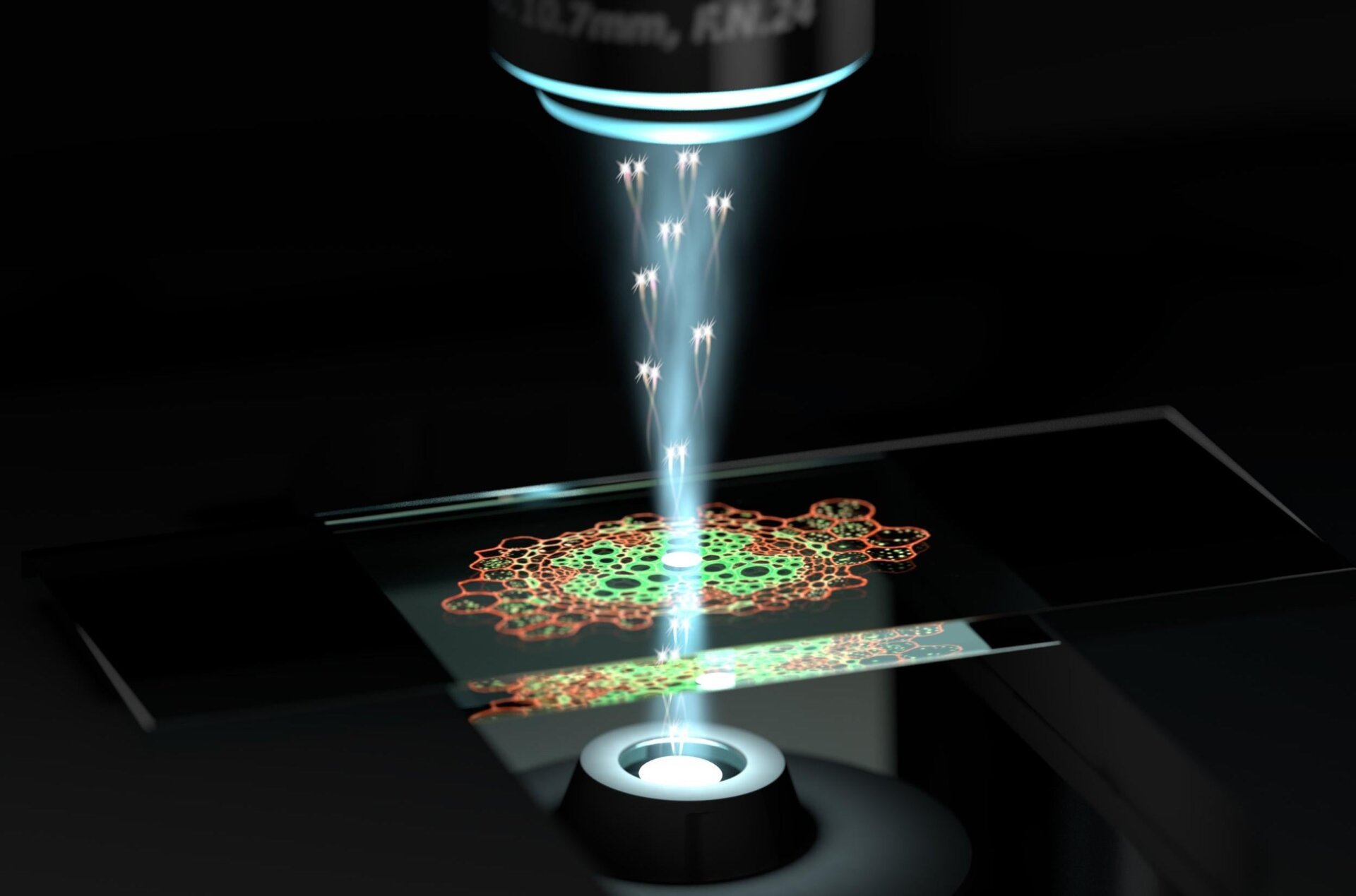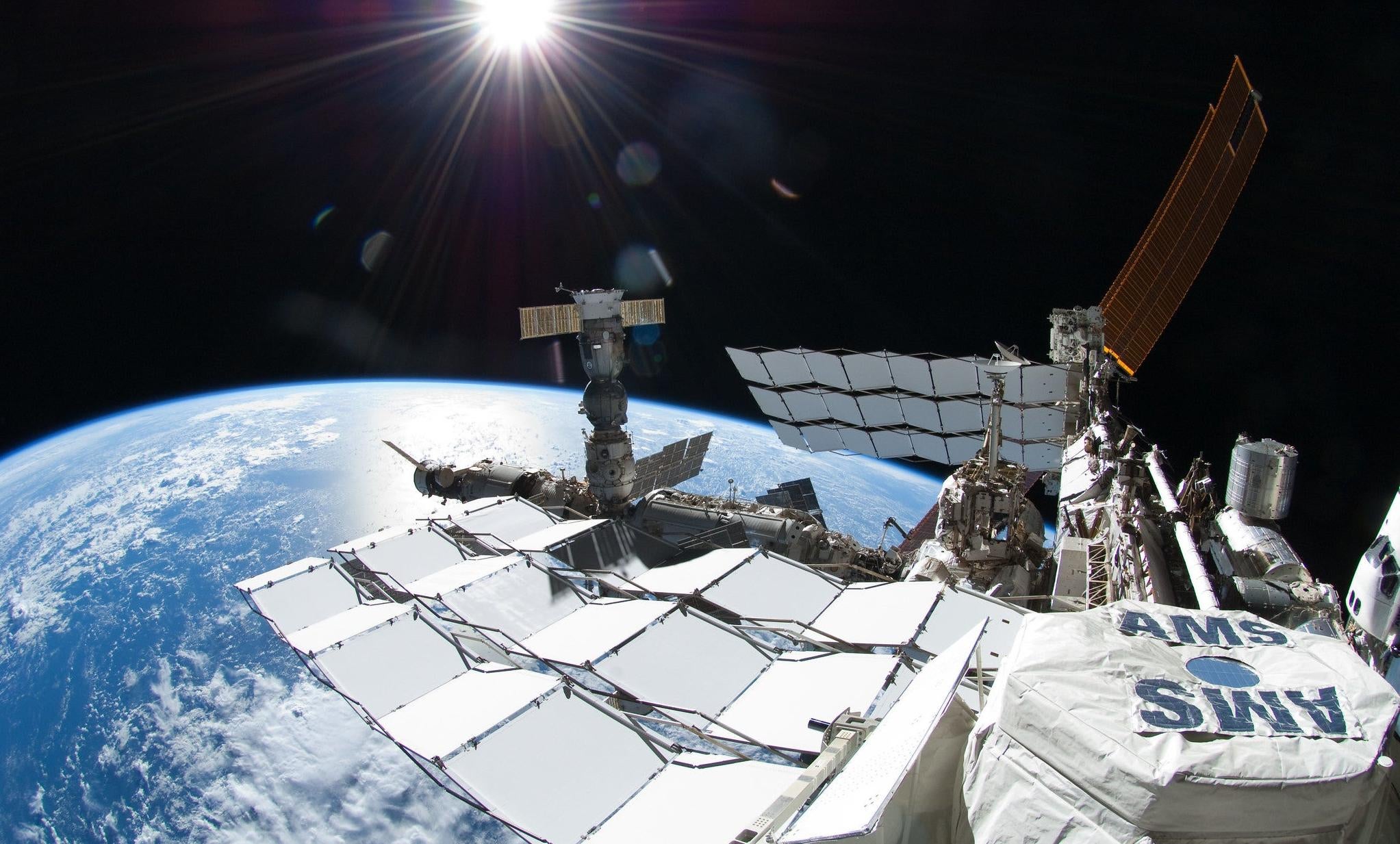The confirmation of the Higgs boson in 2012 was a monumental achievement in particle physics. While subsequent discoveries, such as precise measurements of the muon and W boson, have been significant, they haven’t reached the same level of impact. Where will the next major breakthrough occur? We asked several prominent physicists for their perspectives on the future of particle physics.
Dark Matter: A Leading Contender
Many physicists believe the next significant leap lies in understanding dark matter. Paul Padley of Rice University emphasizes the role of facilities like the High Luminosity-LHC, which will provide unprecedented opportunities to study Higgs boson properties. Deviations from Standard Model predictions could offer clues about dark matter. Complementary experiments, such as the Cosmic Microwave Background Stage 4 (CMB-S4), will provide additional insights, enabling a more comprehensive picture of this mysterious substance.
Five Potential Breakthroughs
Michael Turner of the University of Chicago outlines five potential breakthroughs:
-
Dark Matter Particle Discovery: The existence of dark matter is well-established, but its composition remains a mystery. Discovering the dark matter particle would revolutionize our understanding of matter and the early universe.
-
Inflationary Gravitational Waves: Detecting these waves in the Cosmic Microwave Background would provide evidence for inflation, a period of rapid expansion in the early universe.
-
Hubble Discrepancy Confirmation: Resolving the discrepancy between different measurements of the universe’s expansion rate could reveal missing pieces in our current cosmological model.
-
Supersymmetry Discovery at CERN: Finding evidence of supersymmetry would open a new realm of particles and support superstring theory.
- Unexpected Discoveries at LIGO: The Laser Interferometer Gravitational-Wave Observatory has already made remarkable discoveries, but an unexpected finding could be even more transformative.
Turner also mentions the possibility of discovering life elsewhere, a question of “when” rather than “if.”
Beyond the Standard Model
Freya Blekman of the University of Hamburg highlights the challenge of moving beyond the Standard Model. Unlike the Higgs boson, which fit neatly into the existing puzzle, the current landscape is more complex. Physicists are searching for inconsistencies in the Standard Model to guide their exploration. New dark matter experiments like Xenon and LUX-Zeplin offer another avenue for discovery. Blekman emphasizes the long-term nature of these scientific endeavors, requiring patience and meticulous analysis.
Flavour Anomalies and New Particles
Patrick Koppenburg of Nikhef focuses on “flavour anomalies” observed in particles containing b quarks. The LHCb experiment is poised to investigate these discrepancies, which could indicate a new force of nature and associated particles. If these particles exist but are beyond the LHC’s energy reach, future facilities like the Future Circular Collider (FCC) or a muon collider may be necessary.
The W-boson Mass and Dark Matter
David Toback of Texas A&M University points to two potential breakthroughs: resolving the discrepancy between the measured W-boson mass and the Standard Model prediction, and directly detecting dark matter. The W-boson anomaly suggests the existence of undiscovered particles or forces. Next-generation dark matter experiments are reaching the sensitivity required to detect individual dark matter particle interactions. Either outcome could revolutionize our understanding of the universe’s fundamental constituents.
Conclusion
The next decade promises exciting developments in particle physics. While the exact nature of the next breakthrough remains uncertain, the ongoing experiments and theoretical explorations are pushing the boundaries of our knowledge. Whether it’s dark matter, new particles, or unexpected phenomena, the future holds the potential to reshape our understanding of the universe at its most fundamental level.



